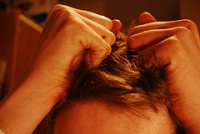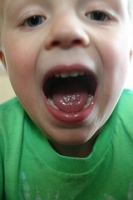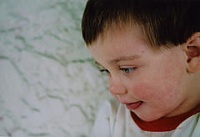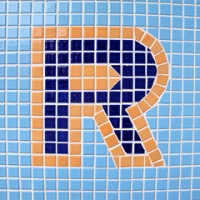
Q: What do you think of the consult model? I got into this profession to work directly with children, and now I am being told I have to engage in a pure consult model. I am mad and frustrated. I find several problems with the consult model. Young therapists coming out of school are being asked to consult with parents when they actually have not figured out how to do therapy themselves yet. Without working directly with clients, young therapists…









